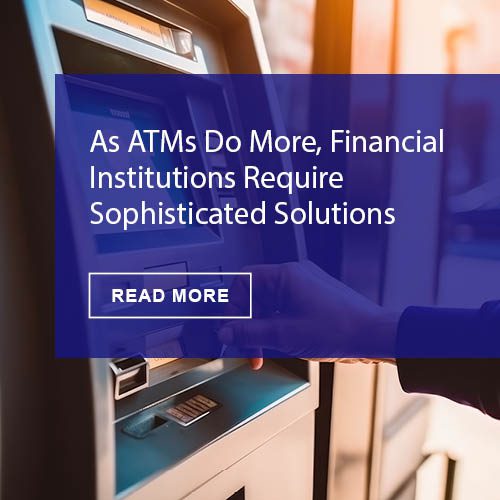Secured credit card gave the business a bad reputation before the recession. The space was filled with third-rate lenders who added fees into the card. There were plenty of ugly examples of how resellers who used 900-billing numbers to generate new accounts. Send $500 to a hard-money lender, get a credit line for $500, but before the card arrives, observe the $350 card application fee, the $50 card issuance fee, and the $25 initiation fee. The result: $500 in a dubious savings account, a $425 debt, and $75 in an open-to-buy. All this, and 35% interest on the card while your savings earned no interest.
Thanks to the CARD Act of 2009, these practices are forbidden.
The New York Times covered how secured cards can help rebuild credit, a story probably prompted by Synchrony’s announcement of the new Amazon private label credit card (PLCC). Synchrony created a new classification of credit cards this month when they launched the first secured PLCC. Mercator Advisory Group thinks that can be the start of something big in the PLCC business. In a research report, before adding the secured card aspect, Mercator Advisory Group projected 318 million PLCC cards by 2022. Add in secured cards, and we could see that number pop closer to 400 million, though you will have to wait for our next report to see the final forecast.
Back to the Times.
- Secured cards are used mainly by people who don’t have much of a credit history, or have low credit scores. Borrowers make a refundable cash deposit — typically $200 to $500 — to “secure” the card’s line of credit. The security deposit serves as collateral and sets a spending limit; users can make purchases on the card up to that amount.
- Secured cards are a “small but growing” part of the credit card market, the Consumer Financial Protection Bureau found. Discover and banks like Citibank and Capital One offer secured credit cards, as do some credit unions.
- The cards once were considered suspect. In the 1980s, fraudulent third-party brokers took finder’s fees and security deposits from consumers but never issued cards. In 1988, more than one million Americans were victims, paying more than $50 million to brokers, while only 10 percent of them obtained cards, according to the Philadelphia Fed’s report.
Secured cards do help people get into the credit mainstream. For the general purpose card, typically a Mastercard of Visa, you will find top issuers such as Discover, Bank of America, Citi, U.S. Bank, and Wells with offers that are fair to consumers. Our report on secured cards has all the details.
Watch for more action by PLCC card issuers. This model could work well at so many retailers, from Home Depot and Lowes to any retailer you’d like to visit.
Overview by Brian Riley, Director, Credit Advisory Service at Mercator Advisory Group











